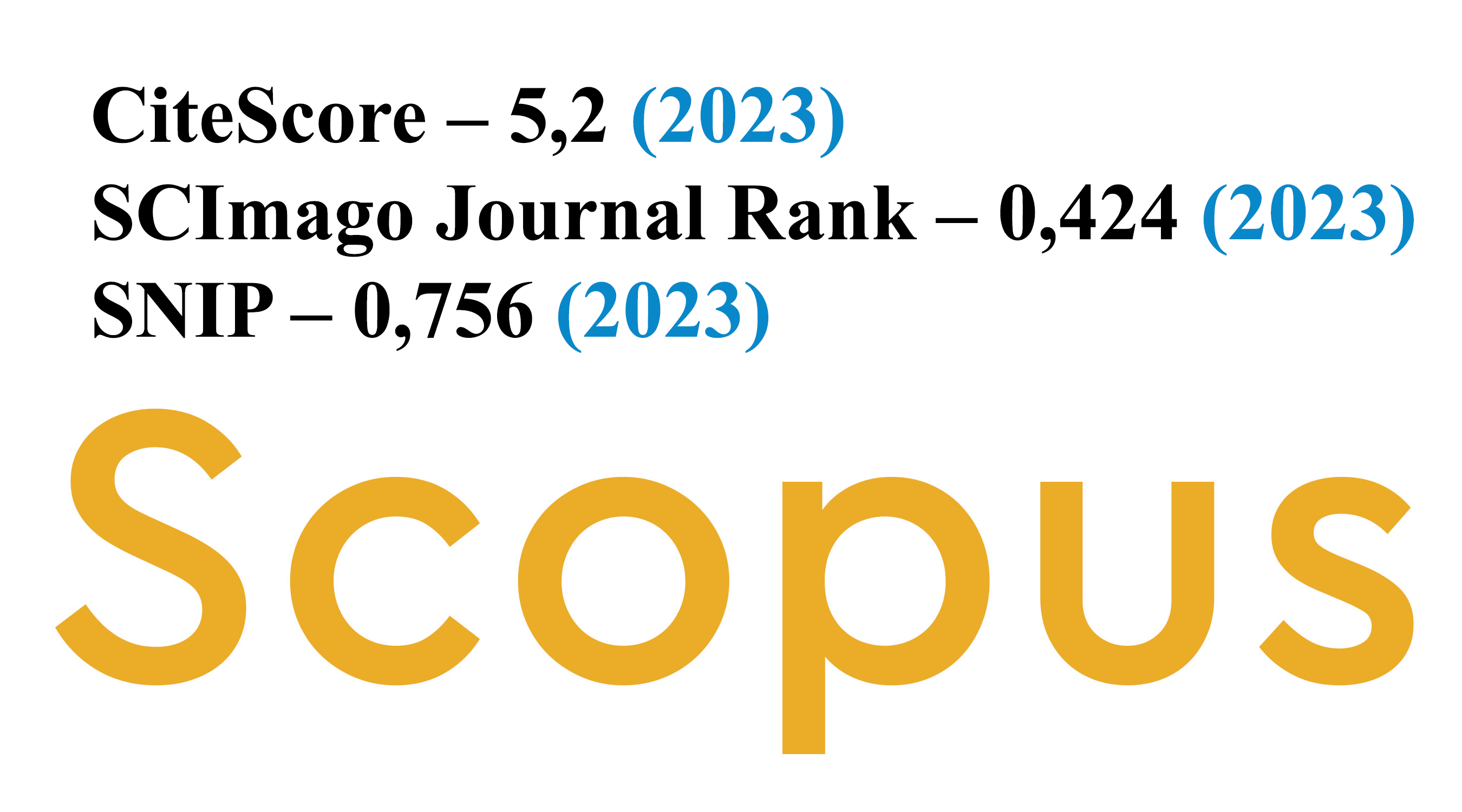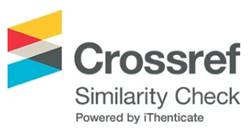Specific Risk Modelling Approach Under Permacrisis Conditions: Some Empirical Evidence
DOI:
https://doi.org/10.5755/j01.ee.36.3.34487Keywords:
Risk Modelling, Value at Risk, GARCH, Investment Activities, PermacrisisAbstract
The subject of the research is testing, analyzing, and considering the possibility of applying different risk modeling approaches to optimize the effects of investment activities. In order to have a realistic research basis, concrete data from certain markets were used to cover the studied phenomena as efficiently as possible. The aim is to obtain reliable, timely information about the accomplishment of the specific risk modeling approach under permacrisis conditions. Specific results and their significance for science and practice underscore the focus on distinct crisis periods. The findings confirm the practical relevance and advantages of applying EVT and CEVT-based Value-at-Risk models. This is achieved using different confidence levels (90% and 99%) and a 250-day moving window. The novelty of the research lies in the comparative assessment of investment risk in both developed and developing markets under permacrisis conditions, with the strengths and weaknesses of the tested models clearly identified. The study thereby contributes to creating an optimal market environment that supports informed investment decisions regarding expected returns. The limitations of the research reflect the distinct characteristics of developed and developing markets, with a particular challenge being the identification of systemic risk under the prevailing conditions.





